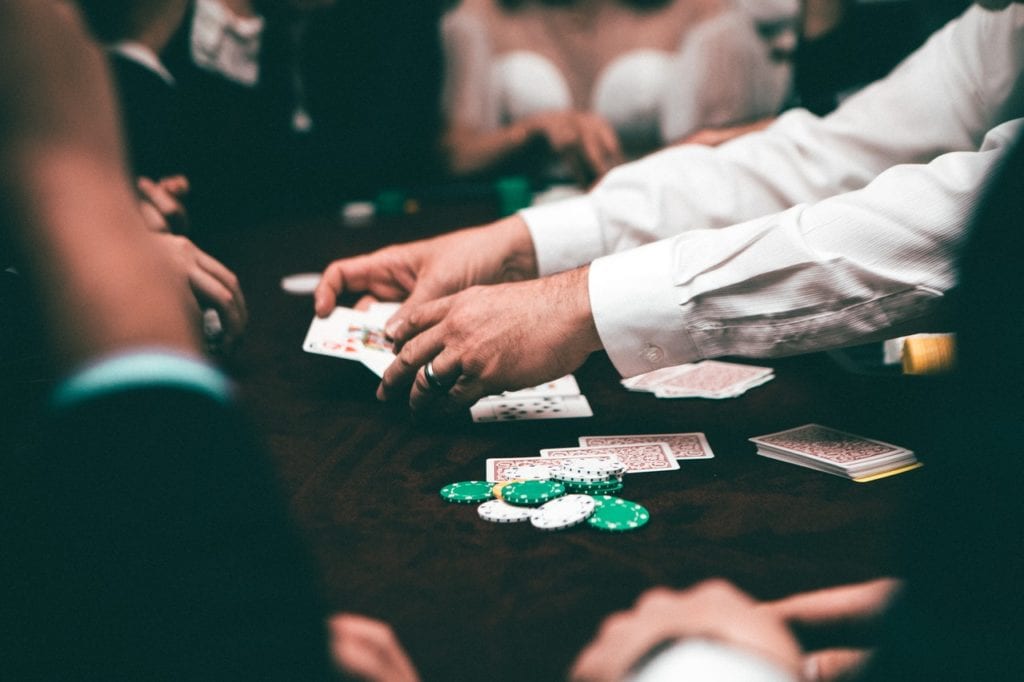Bluffing is undoubtedly one of the most thrilling components of poker. Tricking your opponents into believing you have a strong hand is simply fun and can result in stunning wins. For professional players, bluffing is not just a source of excitement but also the key to success. If everyone was sitting around and waiting for the best hand that would bring them the pot, poker would not only lose a significant portion of its appeal but also nullify the chance of happy accidents, as players would become completely predictable.
Bluffing allows you to combine different non-linear strategies and make your opponents wonder what cards you’re actually holding. However, bluffing also involves risk and can be very disadvantageous and even dangerous if your opponents see through it. Therefore, you absolutely must master the rules and combinations of the type of poker you’d like to play for real money, and the best way to do that is to practice through hundreds of rounds at www.reddogcasino.com or any other online parlor.
Bluff In a Nutshell
Simply put, bluffing is a strategy wherein a player keeps on calling and even raising the bets while stuck with a weak or simply non-optimal hand. Thus, you can lead others to believe they have less powerful combinations and eventually make them fold.
Telltale Signs of Bluffing
There are no universal behaviors that would indicate bluffing – however, there are signs you should definitely pay attention to.
Signs of a Weak Hand:
Head or face touching. If players rub their eyes or ears, scratch the back of their heads, or stroke their hair, these are all signs of psychological discomfort and confusion.
Aggressive betting. Throwing one’s chips roughly and voicing the size of the bet out loud usually hints at attempts to strengthen one’s weak position.
Last but not least, pay attention to rapid blinking, a displeased, disappointed look, and pursed lips.
Signs of a Strong Hand:
Casting quick glances. Your opponent is thinking of the possible profits and calculating the size of the bet.
Card protector. If your opponent puts a protector card guard on their hand, that combination is probably worth something.
If it’s a non-professional game, showing one’s cards to their friends is also a good sign.
How to Bluff Properly
Deceiving your opponent while playing poker will be effective if you adhere to the following tips:
Learn to read your opponent’s game. Pay close attention to how they behave with different hands and how they approach the game in general. Compiling your opponent’s ‘behavioral profile’ will enable you to bluff reasonably and efficiently. There are exceptions to this, of course – say, if your opponent plays aggressively, your bluff can provoke an unwanted raise, ultimately leaving you at a disadvantage.
Analyze your own behavior in-between the rounds. Beginners usually never keep this aspect in their focus, thinking it insignificant. After all, what’s important is how you behave when you bet, raise, and bluff. However, a pro player knows these little social interludes can give away much more strategically relevant information if analyzed and factored in.
Stick to your chosen strategy. Even if your bluff is not successful, do not feel distraught about it. After all, bluffing is just a chance to increase your chances in a particular round. If you’re bluffing after the showdown and you’re discovered, don’t change your strategy next time you play with a strong hand. Instead, act the same way you did the first time. Opponents, seeing your identical actions, will think you have a weak hand. In the end, you’ll be in the black.
Bottom Line
Bluffing in poker is an art, not just moving a huge stack of chips to the center of the table and hoping the other players get scared and pass. Bluffing doesn’t happen on a whim, it’s carefully prepared. You need to study your opponents, the cards you hold, and how the game has been going.



